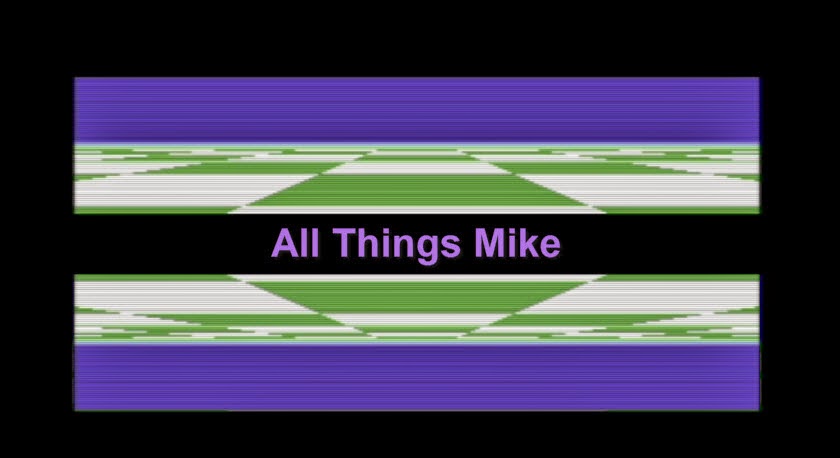My wife wanted to get me something for my birthday that I REALLY wanted, and the thought of getting an electronic component would make most folks scream out "
BORING!", but to me it was the perfect gift that would give me hours of enjoyment, and here it is nearly a year later and I am still having fun with a $25 component. I say money well spent. Thank you
SparkFun!
I have always been a little afraid of playing with
IC's. They easily frustrate me when what I think should be simply a logical on or off becomes frantic and random. Although I had Digital Electronics in high school, the part that was covered that discussed filtering capacitors and bounce free switching somehow got erased from my
Pink Floyd addled cheap Mexican weed baked brain. Now that I am older, more bitter, and less intense I found that these things are more easily focused upon to where I would not make the same mistakes I made in the past. This time I choose to read through the
extensive documentation of the
Speakjet before it arrived in the mail.
 |
| Speakjet IC |
At first glance the
IC does not seem very intimidating. Voltage supply and ground are clearly labeled. So are the Rx and Status pins. The only pins that arouse any sort of curiosity are the E0-E7 and the M0/M1 pins. As it turns out E0-E7 are event inputs to trigger different functions on the
IC and M0/M1 are mode selectors used to select between default and demo modes.
 |
| Demo Mode Diagram |
Ahh, "Demo Mode". This is what I can use to get a cheap, quick fix to make sure everything is operating properly while still getting the delightful feeling associated with making an obnoxious set of sounds. Because after all that is really the main drive behind these sorts of endeavors.
As it appears there is not too much rocket science in wiring this
IC up into Demo Mode. It looks like all the event triggers (E0-E7) are grounded, and both Mode Selects M0/M1 are pulled high along with the reset line which is an active low. The only part that had me scratching my head was the output going to a 120 ohm speaker. I did not currently have such a speaker on hand and my power supply would be providing 5 volts instead of 3. So any speaker I hooked up to the output had to pull no more than the rated 25ma at 5 volts. A little calculating with
Ohm's law (R = E/I) gave me a rating of 200 ohms for the resistance needed to max out the output current of the
IC.
 |
| Demo Mode |
I was able to get around this limitation by using a 1:1 1000 ohm audio
isolation transformer I had laying around. This had the added benefit of protecting any amplifier I might hook this circuit up to. The picture to the right illustrates the Speakjet wired up in Demo Mode with the output going to the transformer. Pay no attention to the orange capacitors on the board, they are used further down the road. The only other component worth mentioning is the 10uF capacitor used to filter the power supply a bit where the power enters the main board. Below is a small video I put together that illustrates the
Speakjet executing its demonstration mode.
Now that I was able to verify that the
Speakjet was working properly it was time to read more of the
excellent documentation provided for this
IC and attempt to hook it directly up to my laptop.
Stay tuned.





